Welcome to all of you, weight maps enthusiasts who really want to learn more about the Imperial and American Customary systems.
This blog post is going to take us through converting ounces to pounds and gives an insight into why this skill is important in our day-to-day activities.
It will identify the practical implications of such conversions and their importance concerning accurate weight measurement in other real-life situations.
Many daily tasks need us to have accurate calculations because both the imperial system and the US customary system depend heavily on ounces and pounds for weight measurement. Well then let’s get started!
- Understanding Ounces and Pounds as Units of Weight Measurement
- Do you know these facts about Ounces and Pounds?
- Conclusion
- FAQs
- 1. What is the conversion factor of ounces to pounds?
- 2. How do I convert from ounces to pounds?
- 3. What if I have a decimal result when converting ounces to pounds?
- 4. How do I convert from pounds to ounces?
- 5. Are ounces and pounds used in the same system of measurement?
- 6. Can I use a simple formula to convert ounces to pounds?
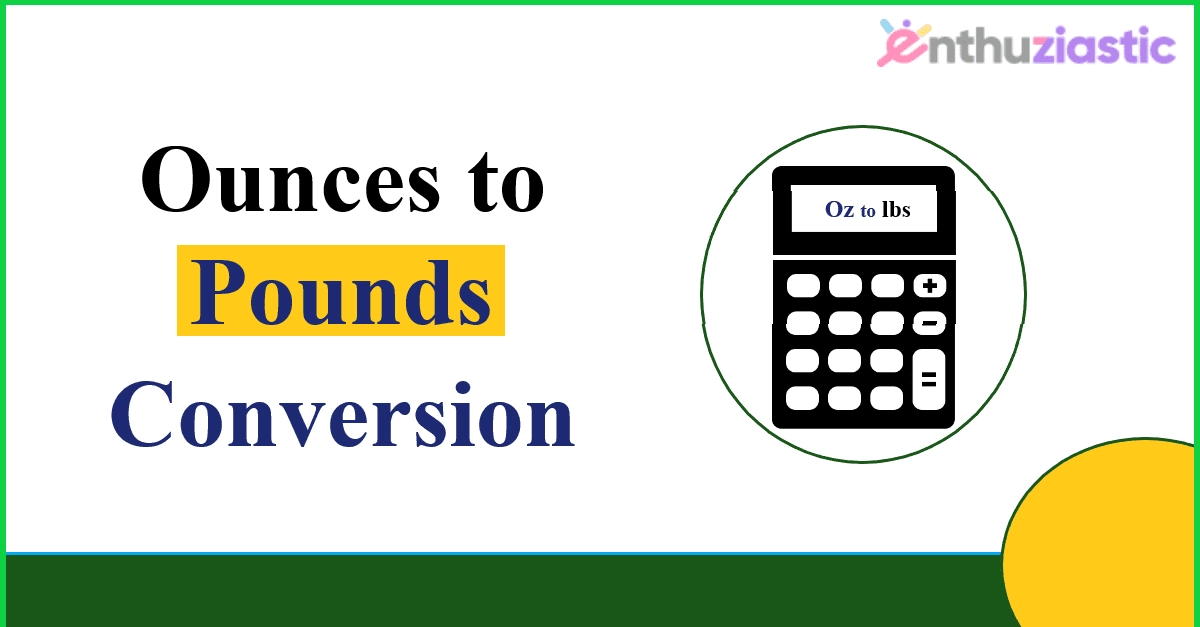
Understanding Ounces and Pounds as Units of Weight Measurement
Ounces and pounds are fundamental units of weight measurement widely used in daily life and professional fields. Understanding how these units work is essential for accurate and consistent weight calculations.
This knowledge is especially important in industries like manufacturing and retail, where precise weight management ensures inventory control and quality assurance. Here’s what you need to know:
1. What are Ounces?
Ounces, abbreviated as oz, are units of measurement used for both weight and volume.
In weight measurement, one ounce, also known as the common ounce or avoirdupois ounce, equals exactly 28.349523125 grams and is still commonly used in the U.S. and UK despite being somewhat antiquated in the metric system.
There are two types of ounces: fluid ounces, measuring volume, and regular ounces, also known as customary units, measuring weight.
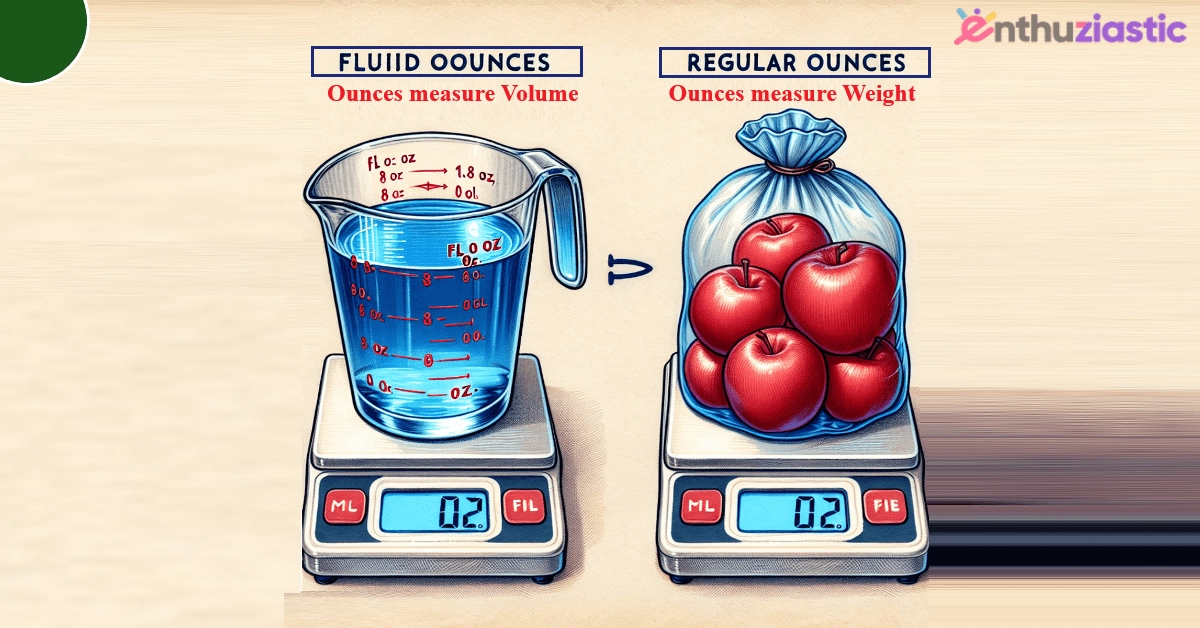
16 ounces = 1 pound
32000 ounces = 1 ton
1 ounce = 28.35 grams
1 ounce = 0.029 kg
2. What are Pounds?
A pound, abbreviated as lb, is a larger unit of weight measurement, also part of the Imperial system.
It is equal to 16 ounces and is used for measuring larger quantities or heavier objects. Both ounces and pounds play crucial roles in everyday life, ranging from cooking to shipping packages.

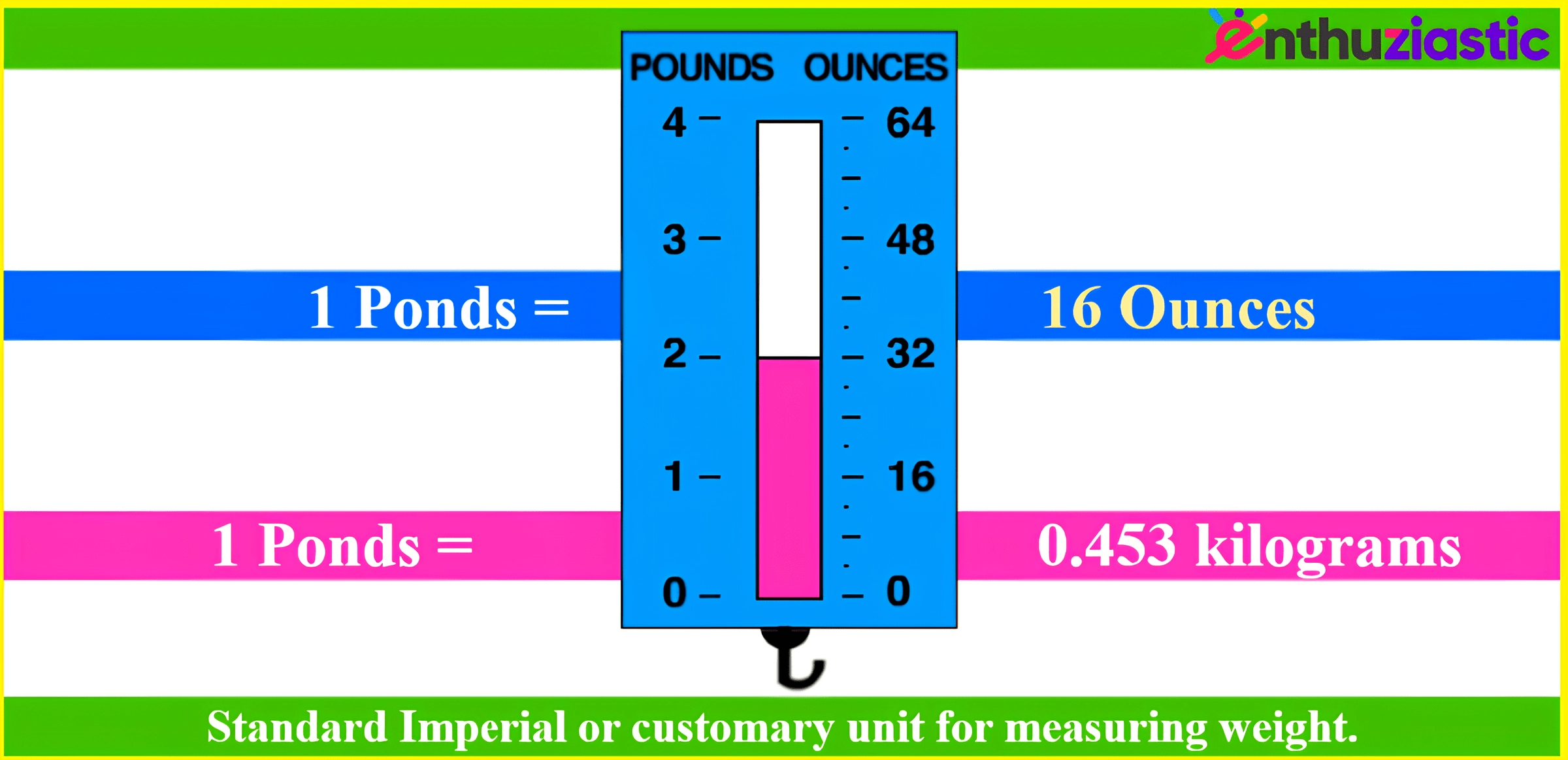
#image_title Understanding these units allows for accurate portioning, recipe measurements, and efficient logistics.
For example
In cooking: Knowing the weight of ingredients in ounces or pounds helps ensure proper proportions when following recipes or adjusting serving sizes.
In shipping: Shipping companies use ounces and pounds to calculate postage fees based on the weight of packages. Accurate measurements are essential to avoid overpaying or underpaying for shipping.
Remember that precision is vital when it comes to converting between ounces and pounds. Even a small measurement error can result in significant discrepancies. Therefore, it's crucial to follow the correct conversion process to maintain accuracy.
3. The Relationship Between Ounces and Pounds
When it comes to measuring weight, ounces, and pounds are closely related. They are vital in the daily activities of cooking, sending parcels, and calculations such as scientific experiments since a pound is equivalent to 16 ounces.
This helps simplify transformations and enable accurate weighing, thus making it efficient across various disciplines.
It is important to know how this relationship works for practical purposes; it eases conversions of units of weight hence providing relief when one wants to change from one unit to another or when performing any tasks related to weight measurement, such as converting an ounce measurement to a pound measurement, to improve accuracy.
4. Understand the Conversion Formula
To convert ounces to pounds, divide the number of ounces by 16, as there are 16 ounces in a pound. The formula is:
Pounds = Ounces/ 16 For example, to convert 80 ounces to pounds: Pounds= 80/16 = 5 pounds Simply put, divide the number of ounces by 16 to get the equivalent weight in pounds.
5. Steps in Ounces to Pounds Conversion
At first glance, it may seem quite difficult to go from ounces to pounds, but it's really not that hard once you get the hang of it. It can be helpful to know this conversion whether you are cooking or weighing things. Here's a simple steps that you have to follow:
Step 1: Determine the Ounces: First of all, know how many ounces you have. You may get this information from a scale or label.
Step 2: Divide by 16: After that, divide your ounces by 16. This means that you will know the weight of your ounces in pounds.
Step 3: Understand the results: Once divided, you have arrived at pounds. That is it!
To get pounds from ounces, all you have to do is divide the number of ounces by 16. If you do these steps, you'll be able to quickly and correctly convert between these two numbers.
After understanding the above formula and steps, let us master the art of Ounces to ounces-to-pound conversion through some.
Solved Examples Below
1) The chef needs to convert 64 ounces of flour into pounds for a large batch of bread in a bakery. How many pounds of flour should this chef prepare?
To change ounces to pounds, just use the fact that 1 pound is equal to 16 ounces. Therefore, divide by 16 to convert 64 ounces of flour into pounds: 64 ounces/ 16 = 4 pounds.
Therefore, the chef will need to get ready with 4 pounds of flour for the large bread batch.
2) Fitness enthusiasts are tracking their daily protein intake and find out they consumed 48 ounces of chicken breast throughout the day. How many pounds of chicken breast did they consume?
To convert 48 ounces of chicken breast into pounds, take the number in ounces and divide it by 16 since there are sixteen (16) ounces in one pound. 48ounces/ 16 = 3 pounds Thus, the fitness enthusiast ate three (3) pounds worth of chicken breasts.
3) At a fruit market, a customer buys 3 pounds of apples. How many ounces of apples did the customer purchase?
To convert three (3) pounds into ounces we multiply it by sixteen (16). 3 x 16 = 48 Hence, therefore; thus: because: as: consequently: in conclusion means that he bought an apple weighing forty-eight ounces.
6. Real-world Applications of Ounces and Pounds
Ounces and pounds are weight units that are found in almost all spheres of human endeavors. Cooking is an art that needs measurements to be precise, while shipping must have accurate weights for the purposes of cost determination and compliance.
Health enthusiasts measure body mass in pounds; and control diet by dividing food into portions measured in ounces. These units are also commonly used for measuring postal items, making it important to understand how to convert between ounces and pounds using the given value.
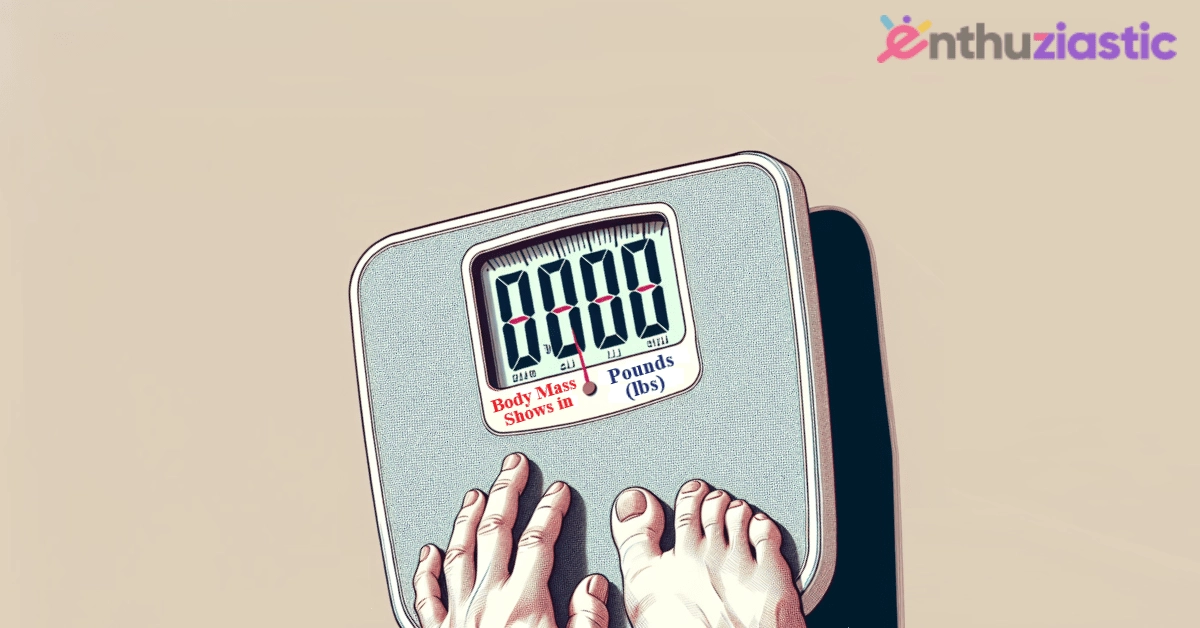
Retailers help buyers make choices about products by labeling them using their weights in pounds and ounces. Engineers and builders estimate quantities of materials used for construction in terms of pounds.
They pervade our daily lives from kitchen scales to shipping manifests, thus highlighting their importance across culinary, logistic, health, retail, and industrial declarative domains.
Do you know these facts about Ounces and Pounds?
The word “ounce” comes from the Latin word “uncia,” meaning “one-twelfth part.”
The pound symbol “lb” is an abbreviation of the Latin word “libra,” meaning “balance or scale.”
The British pound sterling was once represented by one troy pound of sterling silver.
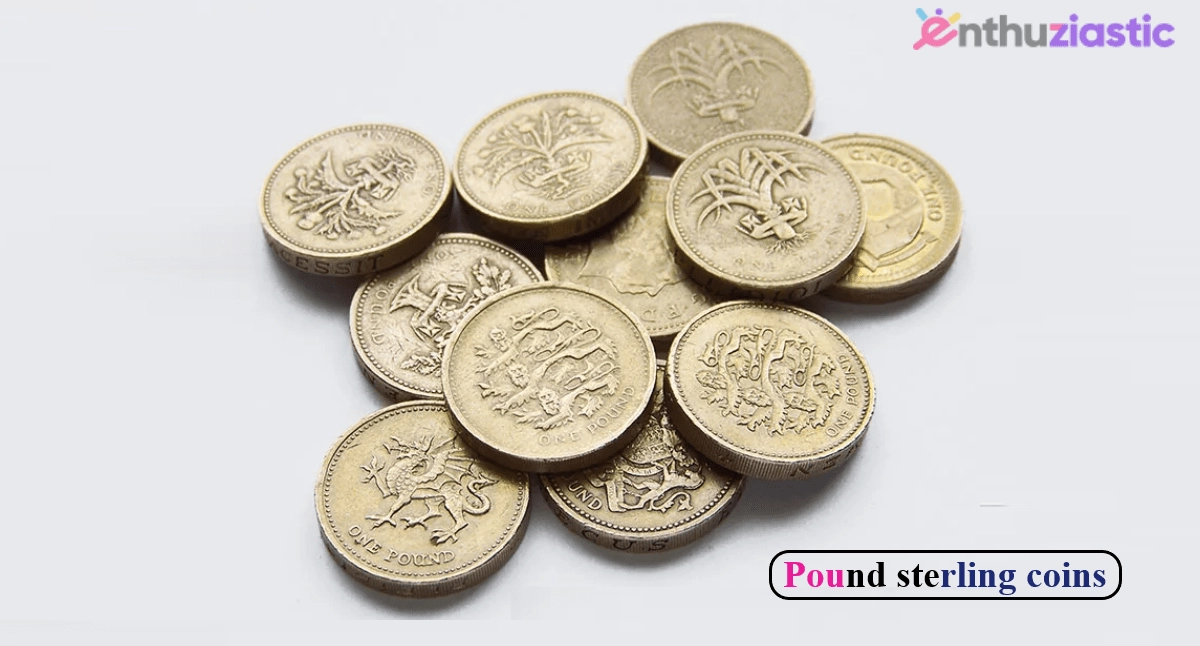
Pound Sterlings One pound equals 16 ounces in the avoirdupois system but 12 ounces in the Troy system.
The word “ton” meaning 2,000 pounds dates back to the Middle Ages.


Conclusion
The bottom line: Being able to convert ounces to pounds is an incredibly useful skill that can be applied in different everyday situations. It facilitates accuracy and efficiency for purposes such as determining ingredients in cooking, shopping online, managing devising, and handling cargo.
We have previously explored how to convert ounces to pounds through this blog; we have featured a simple division by 16 as the main formula there and also shown the applicability of this knowledge across settings pointing out its significance in ensuring measurements are precise and decisions well informed.
That means that if we develop skills allowing smooth moving between these two measuring units of weight, we will become more successful at different kinds of tasks because our impact on their completion will be increased manifold.
Therefore, whether you are preparing meals or calculating logistics plans in your workplace, knowing how to change from ounces to pounds using a reliable pounds converter is very important because it represents the practicality and versatility associated with our daily lives.
FAQs
1. What is the conversion factor of ounces to pounds?
The conversion factor stands at 1 pound = 16 ounces.
2. How do I convert from ounces to pounds?
The number of ounces should be divided by 16 to convert them into pounds.
3. What if I have a decimal result when converting ounces to pounds?
An instance may occur when you get the decimal result when changing ounces to pounds. In this case, use that decimal as a fraction for one pound.
4. How do I convert from pounds to ounces?
Multiply the number of pounds by sixteen to change it into weight in ounces and vice versa.
5. Are ounces and pounds used in the same system of measurement?
Yes, both are units of weight in the Imperial and US customary systems of measurement.
6. Can I use a simple formula to convert ounces to pounds?
That is correct; you can use the formula: Pounds = Ounces / 16.


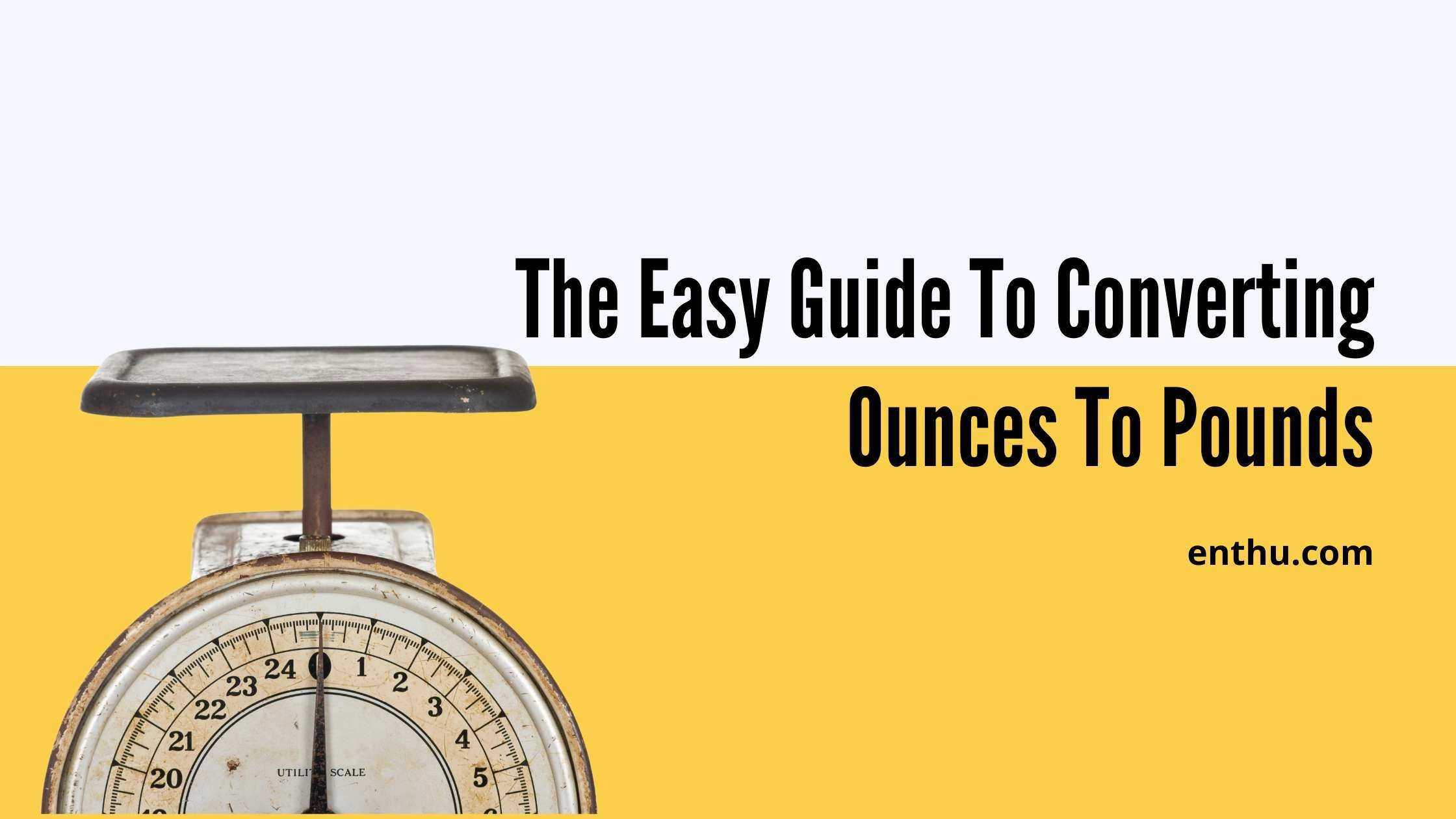

.png)
.png)
Comments